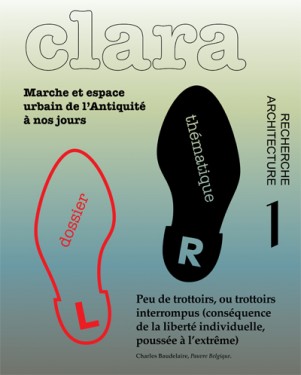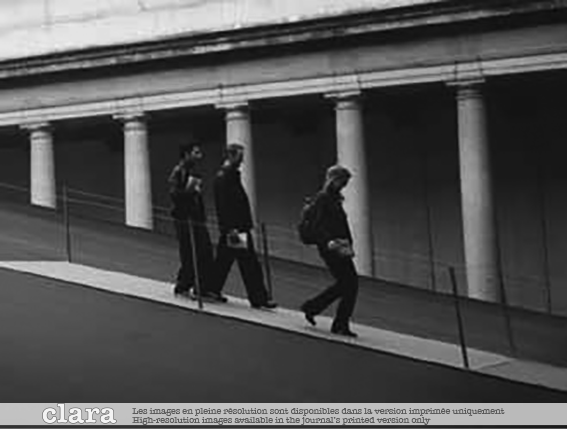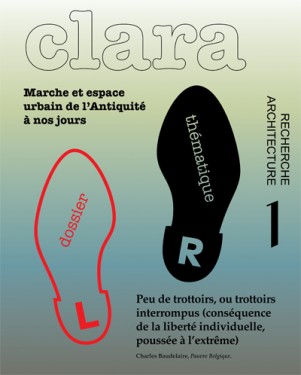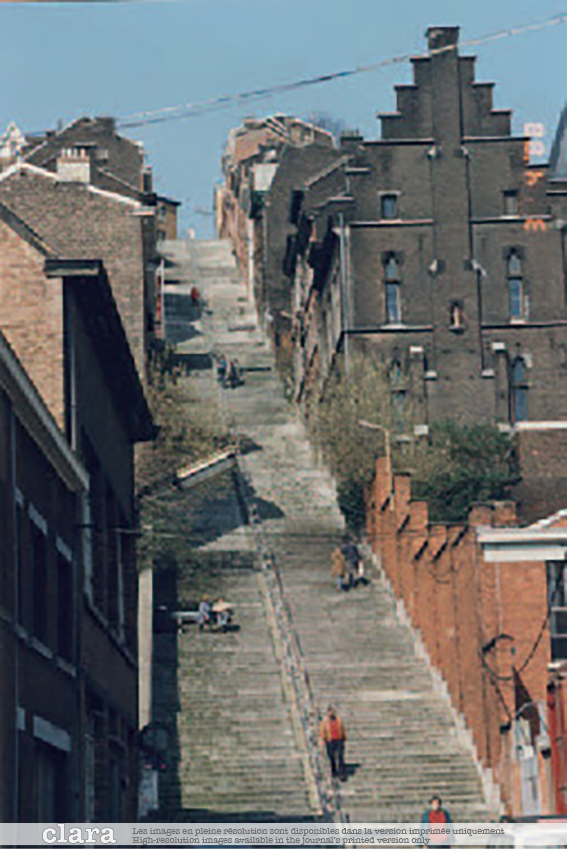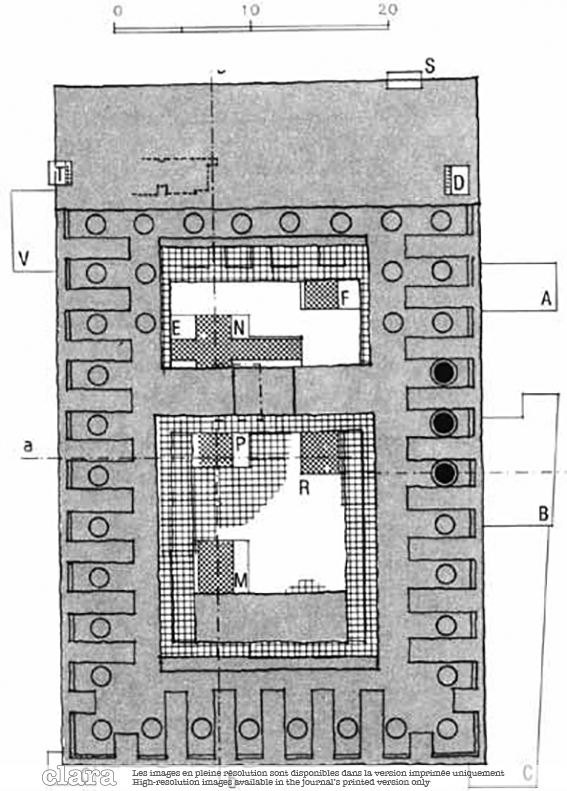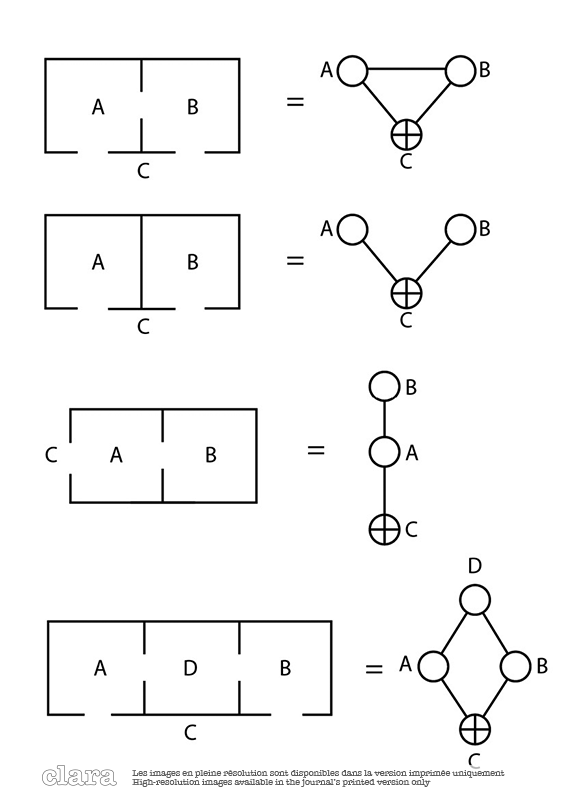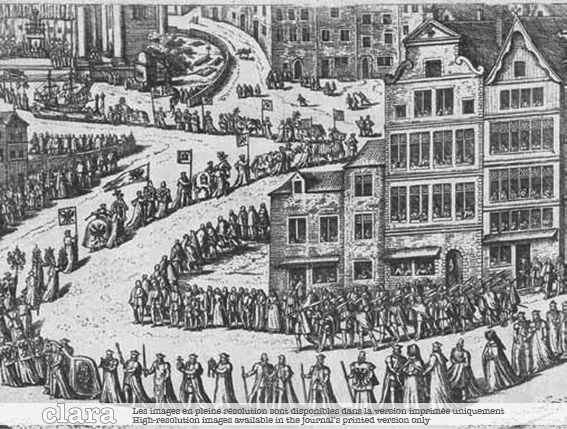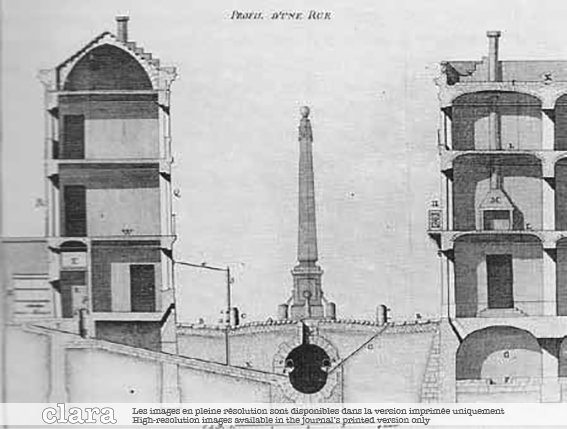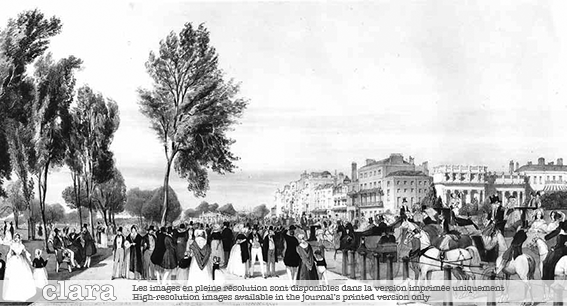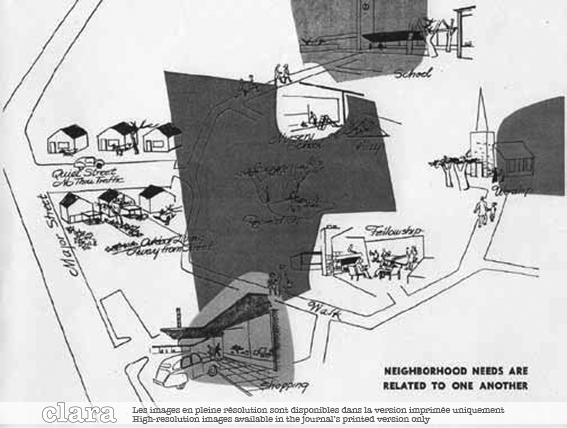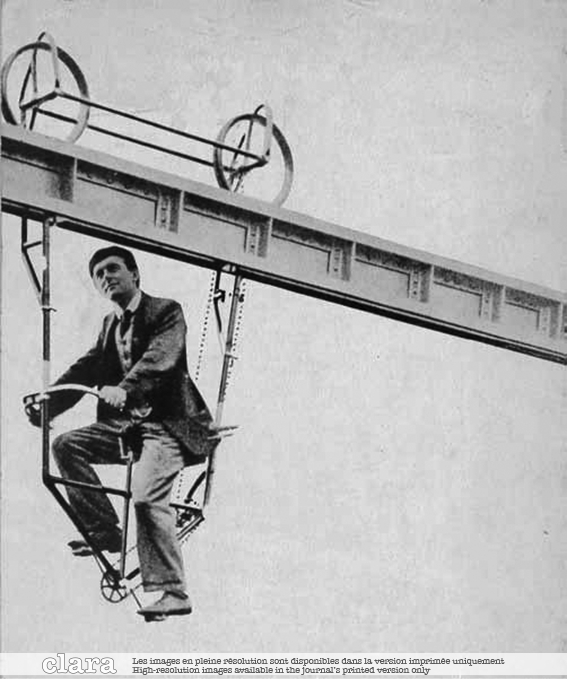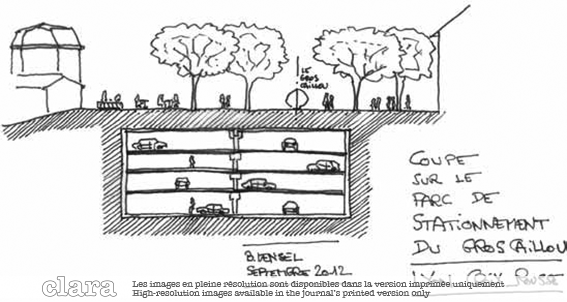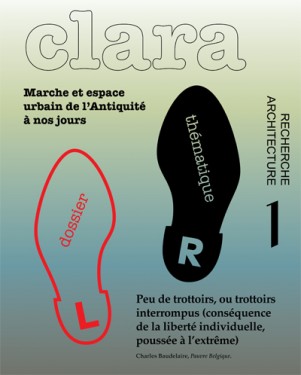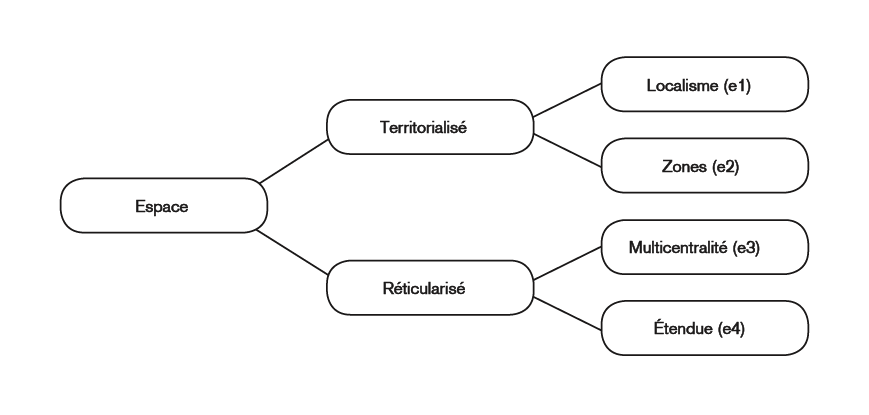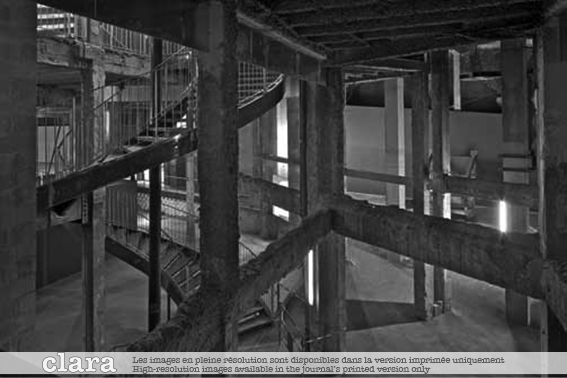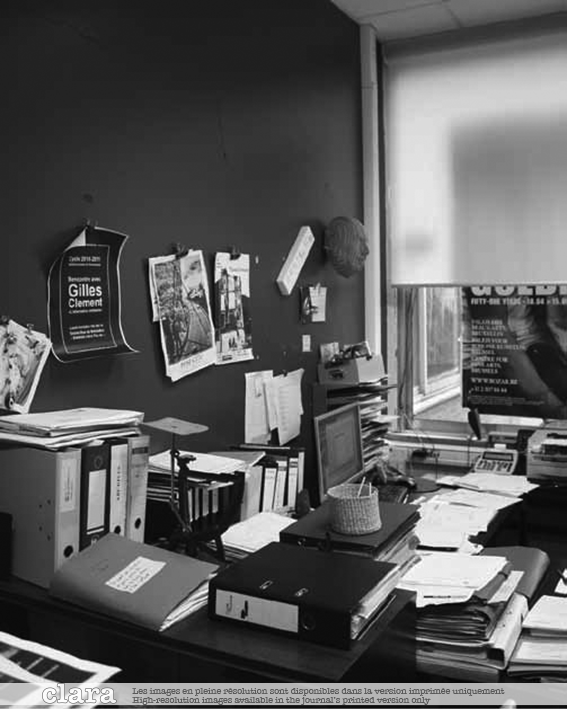Opening with this first issue focused on walking bodes well for our project.
Indeed, our ambition is to address both themes corresponding to concrete issues – think of the Pedestrian Plan adopted by the Brussels regional government in May 2012 – and to take the necessary distance for a global analysis.
Our first thematic section mixes genres and disciplines from Antiquity to the present day, through scientific and academic articles adressing a wide audience extedning beyond the academic world.
The former contributions are paired with other sorts of reflections specific to the architectural and urban operational field, such as an evaluation of urban developments undertaken in Lyon over the last decade.
Over and all, the articles question the urban and architectural forms surrounding those who walk: the porticoes lined up along the streets or around the temples of Ancient cities evoke the archetypal form of strolling, that of the Stoics under the stoa, as well as the figure of the tramper in Roman architectural treatises.
Throughout the Joyeuses Entrées in Brussels' decorated itineraries, instead, it were the princes in procession, admired by the crowd, who were staged.
The contribution of Space Syntax to the understanding of paths across Inca remains, or the prostheses developed for pedestrians, such as the moving walkway, are also original contributions to the study of walking.
Similarly goes with the critical point of view which leads to turning the question of walking around by questioning immobility.
Published: 2013-03-01

